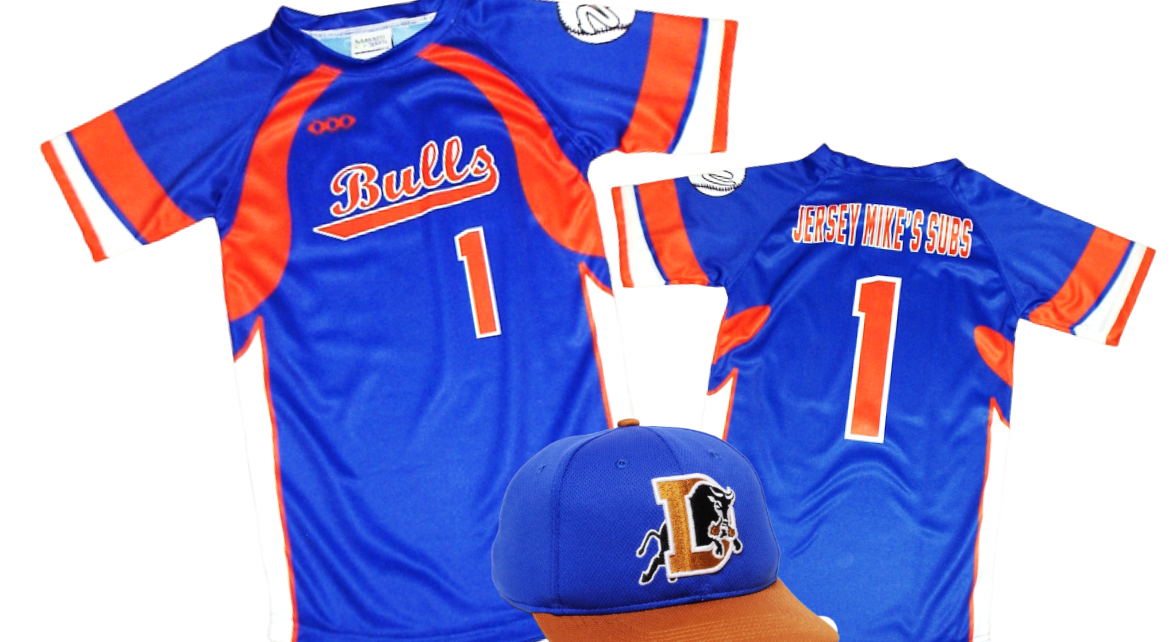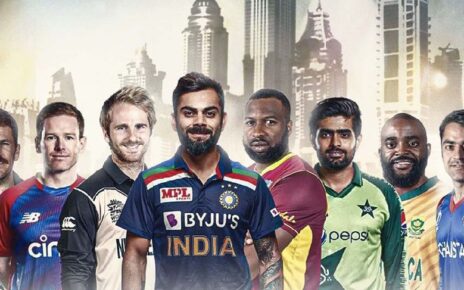Introduction:
Baseball, often referred to as America’s pastime, is a sport deeply rooted in tradition and history. While the game itself has seen numerous changes over the years, one aspect that has undergone a fascinating evolution is the baseball uniform. From the early days of the sport to the modern era, baseball uniforms have not only reflected the fashion trends of their time but also played a crucial role in the identity and spirit of each team.
The Early Days:
In the 19th century, when baseball was still in its infancy, players wore a far cry from the sleek, high-performance uniforms we see today. The earliest baseball uniforms were more practical than stylish, consisting of long-sleeved, button-up flannel shirts and trousers that offered minimal protection against the elements. Team colors were not standardized, leading to a hodgepodge of hues on the field.
The Birth of Team Identity:
As the sport gained popularity, teams began to realize the importance of creating a distinct identity through their uniforms. In the early 20th century, the introduction of team logos, emblems, and consistent color schemes became more prevalent. The classic pinstripes, made famous by the New York Yankees, made their debut during this era, setting a trend that would endure for decades.
The Golden Age of Baseball Uniforms:
The mid-20th century is often regarded as the golden age of baseball uniforms. During this time, teams embraced a more polished and professional look. The use of wool flannel in uniforms became standard, providing players with comfort and durability. Iconic designs, such as the Dodger’s interlocking “LA” and the Yankees’ famous “NY,” became synonymous with baseball culture.
Innovations in Design and Technology:
As technology advanced, so did the materials used in baseball uniforms. The 1970s and 1980s saw the transition from flannel to polyester, which allowed for more flexibility and moisture-wicking properties. Teams experimented with bold designs and vibrant colors during this period, reflecting the fashion trends of the time.
Throwback and Retro Trends:
In recent years, there has been a resurgence of interest in the aesthetics of vintage baseball uniforms. Teams frequently incorporate throwback jerseys into their schedules, allowing fans to reminisce about the classic designs from bygone eras. This trend not only pays homage to the history of the sport but also serves as a reminder of the enduring charm of traditional baseball aesthetics.
The Rise of Personalization:
In the 21st century, baseball uniforms have become more personalized than ever. Players now have the option to choose their preferred fit and style, and the introduction of alternate jerseys has given teams even more opportunities to express their identity. Customization has extended to accessories such as cleats, gloves, and even batting helmets, allowing players to showcase their unique personalities on the field.
Conclusion:
The evolution of baseball uniforms is a rich tapestry that mirrors the broader changes in society, fashion, and technology. From the humble beginnings of flannel shirts and trousers to the high-tech, personalized uniforms of today, baseball uniforms have come a long way. Yet, through all the changes, one thing remains constant – the enduring spirit of America’s pastime, encapsulated in the iconic threads worn by players on the diamond. As we continue to witness the evolution of baseball, the uniforms will undoubtedly play a vital role in shaping the game’s identity for generations to come.




